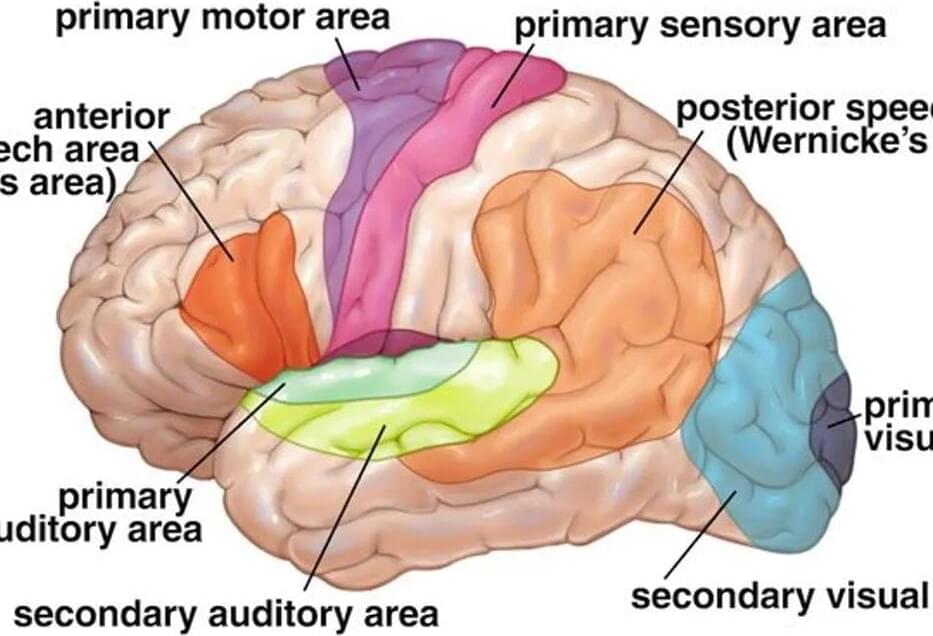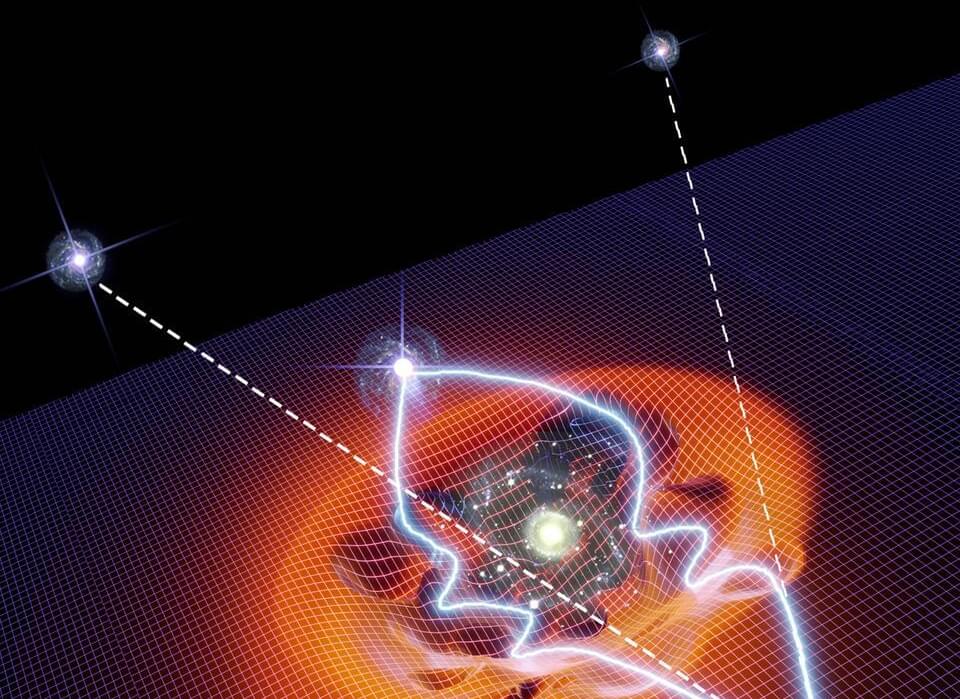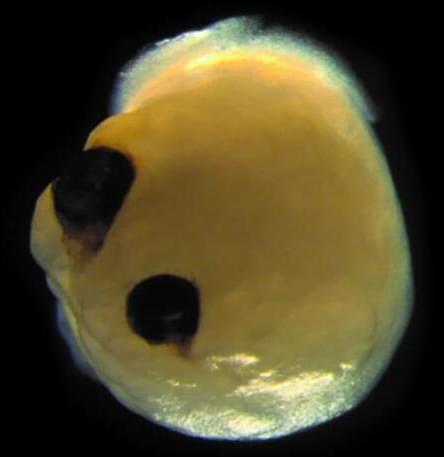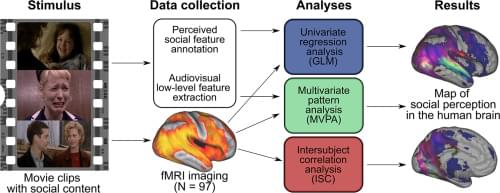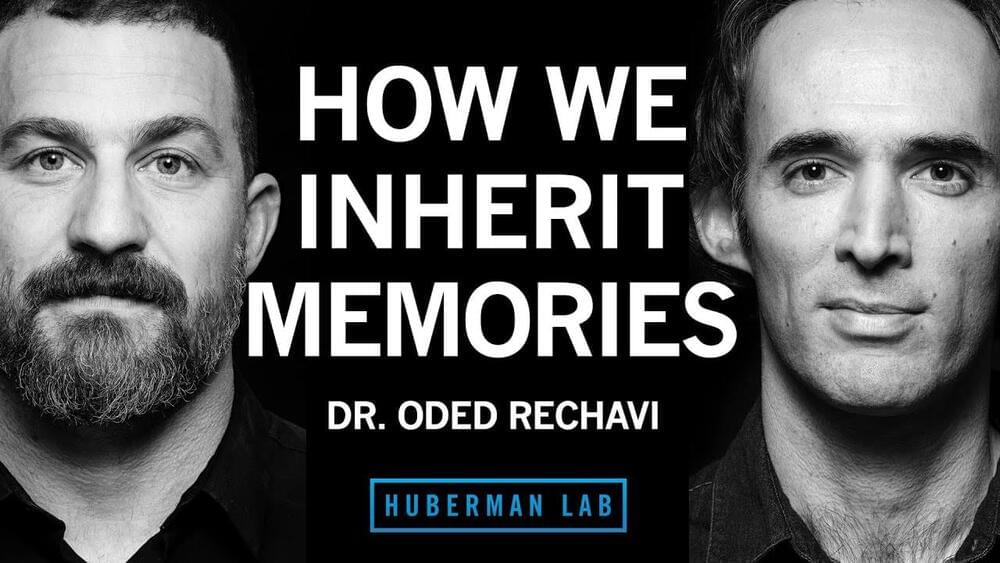
After amazing us with its incredible strength, flexibility and thermal conductivity, graphene has now chalked up another remarkable property with its magnetoresistance. Researchers in Singapore and the UK have shown that, in near-pristine monolayer graphene, the room-temperature magnetoresistance can be orders of magnitude higher than in any other material. It could therefore provide both a platform for exploring exotic physics and potentially a tool for improving electronic devices.
\r \r.
Magnetoresistance is a change in electrical resistance on exposure to a magnetic field. In the classical regime, magnetoresistance arises because the magnetic field curves the trajectories of flowing charges by the Lorentz force. In traditional metals, in which conduction occurs almost solely through electron motion, magnetoresistance quickly saturates as the field increases because the deflection of the electrons creates a net potential difference across the material, which counteracts the Lorentz potential. The situation is different in semimetals such as bismuth and graphite, in which current is carried equally by electrons and positive holes. Opposite charges flowing in opposite directions end up being deflected the same way by the magnetic field, so no net potential difference is generated and the magnetoresistance can theoretically grow indefinitely.
